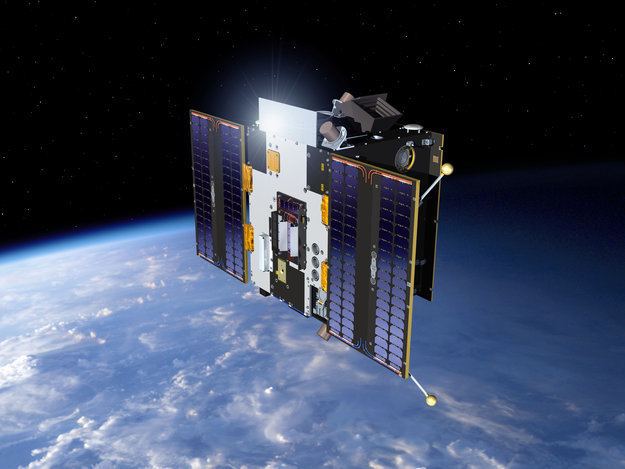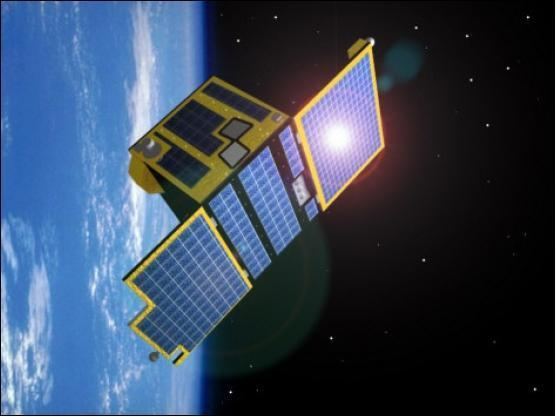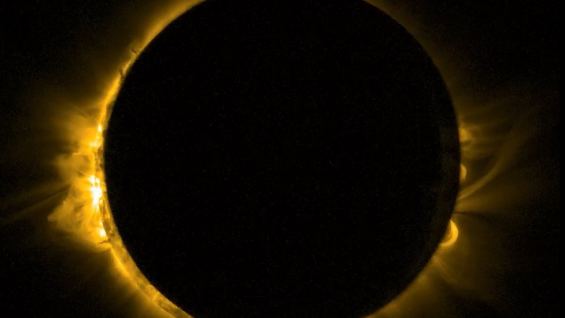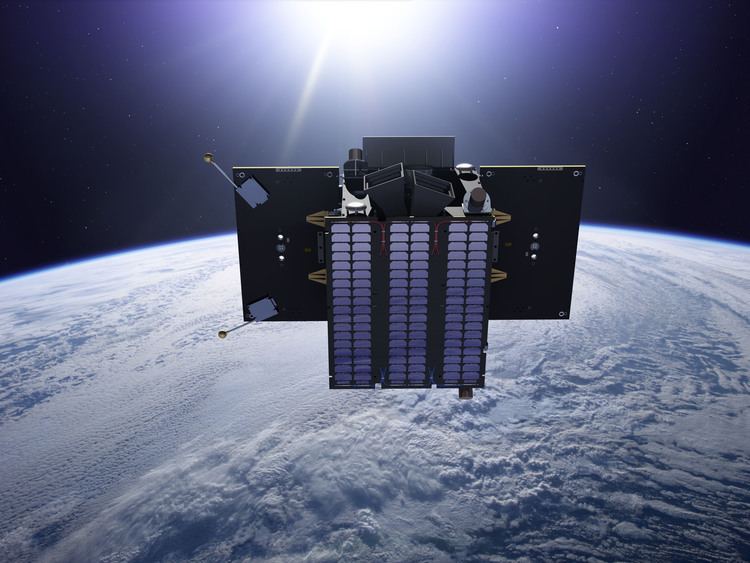Operator European Space Agency SATCAT no. 36037 Bus PROBA Power 120 watts Inclination 98.28° Launch site Plesetsk Cosmodrome | COSPAR ID 2009-059B Mission duration 2 years (planned) Launch date 2 November 2009 Inclination 98.28° Period 1.7 hours | |
 | ||
Mission type Technology
Space weather Similar PROBA, Proba‑V, Soil Moisture and Ocea, Solar Orbiter, Artemis | ||
PROBA2 is the second satellite in the European Space Agency's series of PROBA low-cost satellites that are being used to validate new spacecraft technologies while also carrying scientific instruments. PROBA2 is a small satellite (130 kg) developed under an ESA General Support Technology Program (GSTP) contract by a Belgian consortium led by Verhaert (Kruibeke, Belgium). The nominal mission duration was two years. The mission's most recent extension runs to 31 December 2016.

It was launched on November 2, 2009, with the Rockot launch system together with ESA's SMOS mission. The platform was launched in a sun-synchronous low Earth orbit (altitude of 725 km).
PROBA2 contains five scientific instruments. Two of them are designated to observe the Sun: "The Sun Watcher using APS and Image Processing" (SWAP, an EUV imager) and the "Large Yield Radiometer" (LYRA), a radiometer made of diamond photodiodes. The Principal investigator teams of both instruments are hosted at the Royal Observatory of Belgium. This institute will also host the PROBA2 Science Center from which the SWAP and LYRA instruments will be operated and their data distributed. There are three other instruments to measure basic space plasma properties: the Dual segmented Langmuir probe (DSLP) (developed by the Astronomical Institute and Institute of Atmospheric Physics, Academy of Sciences of the Czech Republic), the Thermal Plasma Measurement Unit (TPMU), and the Science Grade Vector Magnetometer (SGVM) developed by the Technical University of Denmark.



